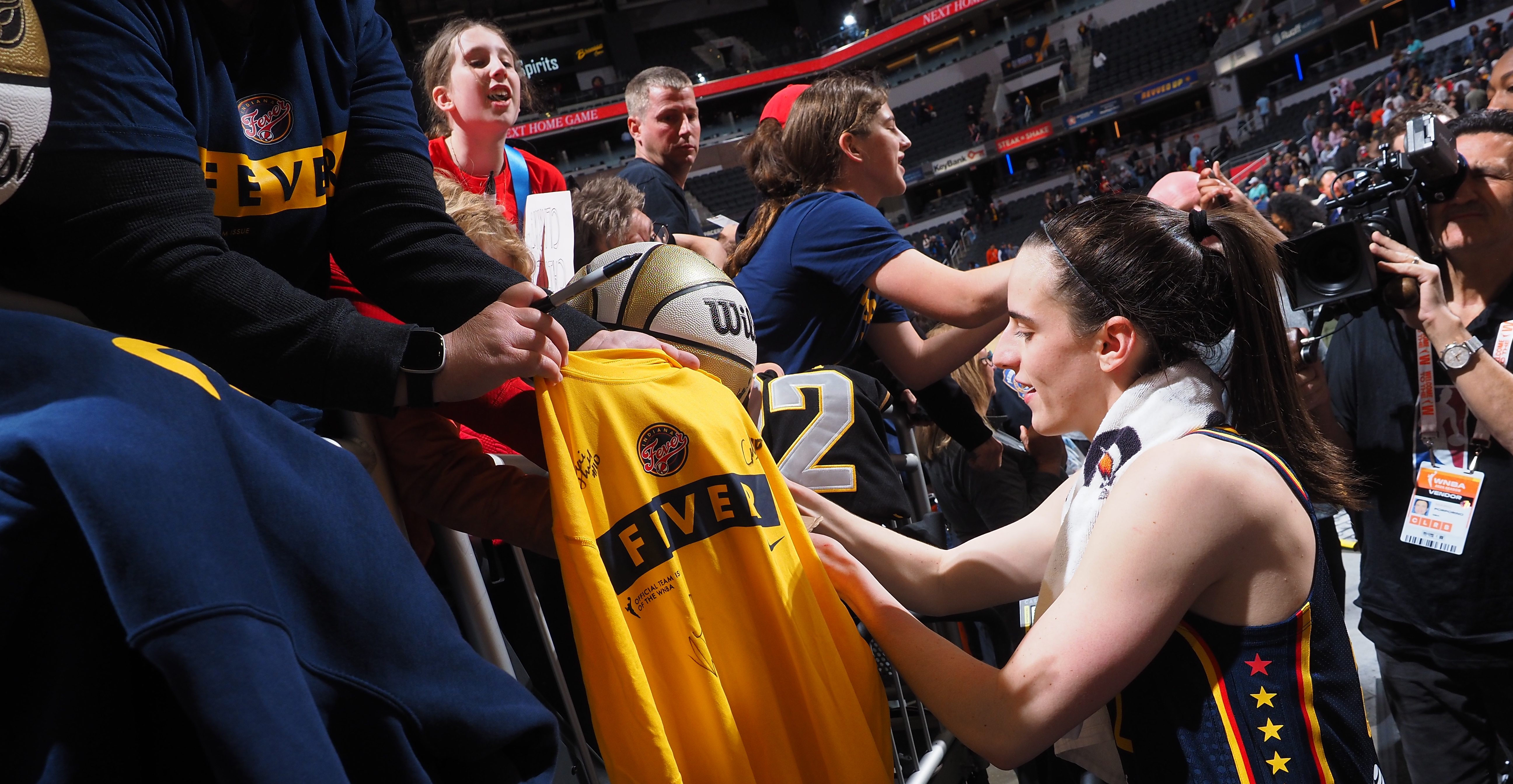With pitchers and catchers set to report Feb. 18, we here are Philthy Stuff are grading the Phillies by position as they prepare to work towards a sixth-straight National League East title and try to return to the World Series in 2012.
Relief pitchers, by and large, are a temperamental bunch. One year, a guy can be lights-out, but next year, he could be the exact opposite, thanks to some combination of bad luck and over-usage. Just ask Brad Lidge.
That's why, sometimes, bullpens can be really hard to predict. Prior to the 2008 season, no one suspected that Lidge would be "Lights Out," nor did anyone count on Ryan Madson, J.C. Romero, and Chad Durbin being as automatic as they were.
Point is, a bullpen is a volatile place, and all the hardwork performed by the starters can be undone in a matter of moments by the wrong combination of late-inning relievers, which is why the Phillies went out and signed Jonathan Papelbon to anchor the back of their 'pen in 2012 in beyond.
So, how does this 2012 crew stack up?
Starter (Closer) Grade: A
Sports
In partnership with NBC Sports Philadelphia
Between Papelbon and Antonio Bastardo, the Phillies possess two extremely talented pitchers. One, a veteran closer who flourished in the high-stress environment of Boston, and the other, a young lefty who burst onto the scene in 2011 to become one of the best relief pitchers in the league.
While the jury might be out on how Bastardo will bounce back following his heavy usage last season, the same questions do not exist for Papelbon, who, over the past six seasons, was one of the best relief pitchers in the game closing 219 games while posting impressive numbers (2.33 career ERA and 1.018 career WHIP).
With Papelbon in the fold, the ninth inning should be as much of a lock as it's ever been. Despite his bloated contract, the right-handed closer makes the back of the 'pen one of the team's greatest strength.
Reserves Grade: B
One of the great things about this Phillies team is how little they will likely need to rely on the middle relievers, the guys who typically see action in the sixth and seventh innings. Thanks to a starting rotation that is capable of going deep into games, they don't need to rely so much on the bridge to the better closers at the end of the game. And, given that middle relief pitchers are typically not the most talented pitchers on the team, that's a very good thing.
Of course, the Phillies are lucky enough to have a handful of guys who are more than capable of holding their own on the hill. It's not as if the opposing hitters can get too excited when they enter the game.
RHP Michael Stutes, who had a fine debut season in 2011, figures to be solid enough in the middle innings, despite control issues that saw him walk more than four batters per nine innings last season. Behind him is RHP David Herndon, whose ability to induce ground balls -- he induced 17 double plays over the past two seasons -- makes him much more valuable than he appears.
Newcomers Chad Qualls (RHP) and Dontrelle Willis (LHP) are low-risk, high-reward options, as neither of them cost a great deal of money, but have a track record of success when used properly. Qualls, who pitched for the Padres last season, has some ugly home/road splits, but will be effective if he can resemble the pitcher he was just three seasons ago. Willis, meanwhile, should be effective if he is exclusively used against left-handed hitters, who have a career OPS of .562 off the former phenom.
The wild card of the bullpen is veteran Jose Contreras, who underwent shoulder surgery last September after starting the year off as the team's closer. As a relief pitcher in 2010 and 2011, Contreras struck out 8.9 hitters per nine, while earning nine saves and a 3.44 ERA over 70.2 innings pitched. Although it remains to be seen how effective he can be coming off shoulder surgery at age 39, he could prove to be a key member of the 'pen if he can bounce back.
Minor League Grade: B+
Relief is the one area the Phillies do not lack at the lower levels, thanks to a trio of young arms that belong to Justin De Fratus, Michael Schwimer and Phillippe Aumont.
Both De Fratus and Schwimer made their big league debuts last season, and should get a shot to make the Phillies roster during spring training. Aumont, who many know from being the centerpiece of the Cliff Lee trade, was a dominating presence in bullpen in his first full season as a relief pitcher, where he earned a 2.68 ERA in 53.2 innings of work between Reading and Lehigh Valley, where he struck out 13.1 batters per nine. His control could use some work, but it wouldn't be surpising if the 6-foot-7 righty got the call this season.
Although those three names stand out, the Phillies do have some other useful arms, including former first-round pick Joe Savery (LHP), Jake Diekman (LHP) and J.C. Ramirez (RHP). While those three probably won't play a crucial role any time soon, it's comforting knowing that the minor league system isn't completely barren of pitching talent.
Overall Grade: A-
All in all, the Phillies' bullpen is helped out a great deal by the strength of their starting rotation. With Roy Halladay, Lee and Cole Hamels able to go deep into games, there is far less pressure on the less talented arms to succeed in the middle and late innings. But when they absolutely, positively must get an out, they have the guys who can get the job done.
Other Grades:



